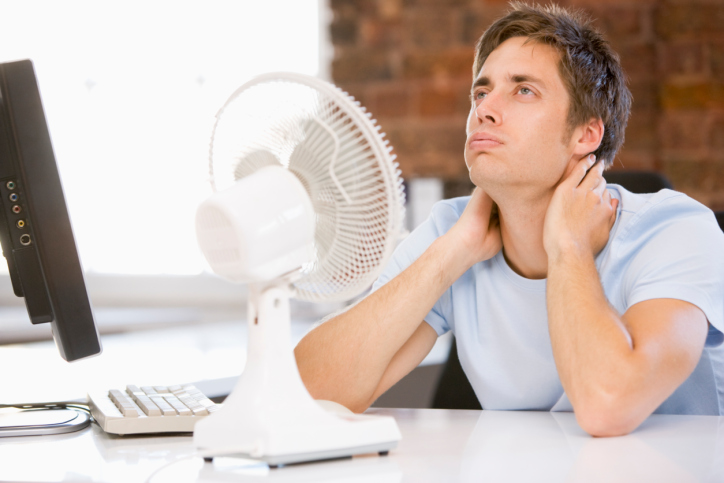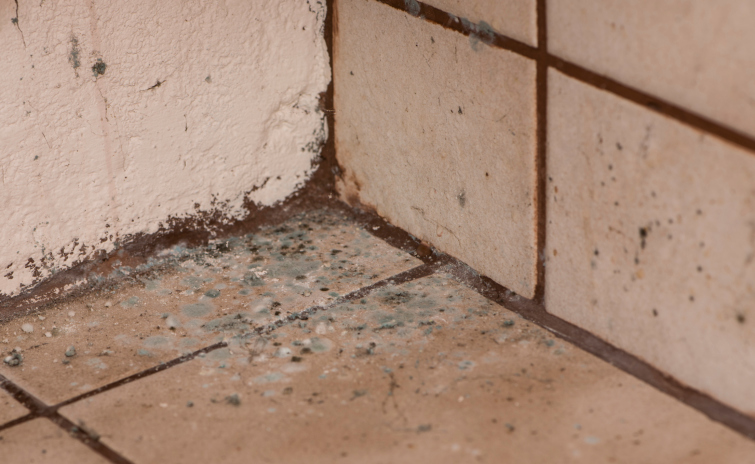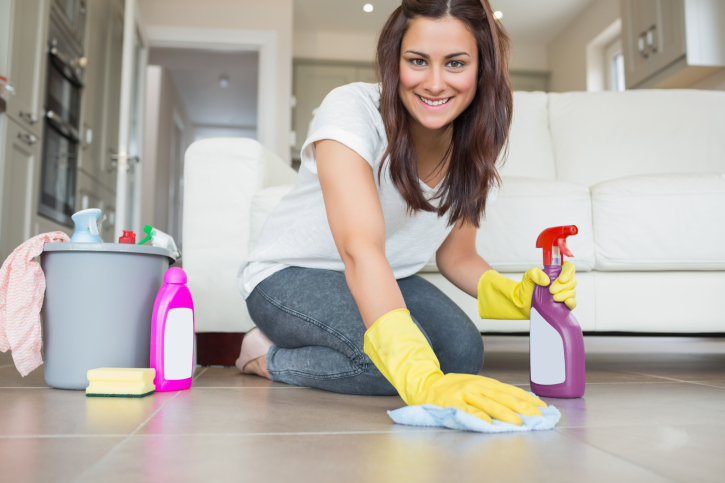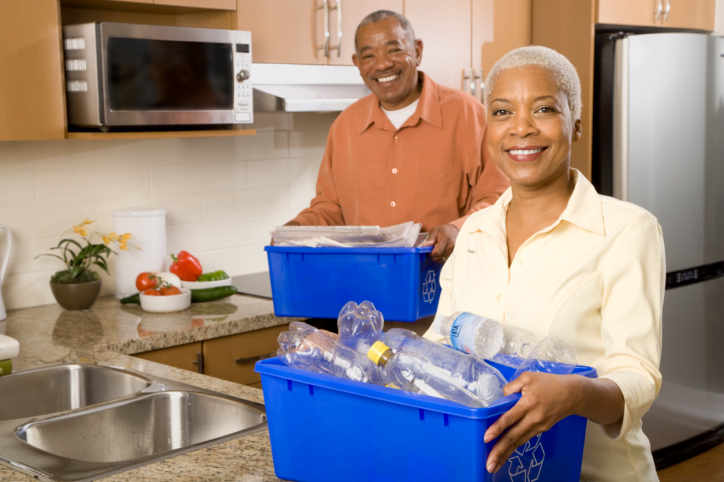 Many people look forward to the long, relaxed, sunny days of summer, but they also dread opening up their energy bills throughout the summer months. Cooling a home can be costly, and many are searching for convenient ways to lower cooling costs without sacrificing on comfort inside the home on the warmest days of the year. These are just a few of the cost-effective and convenient options that can help homeowners to reduce cooling costs throughout the summer.
Many people look forward to the long, relaxed, sunny days of summer, but they also dread opening up their energy bills throughout the summer months. Cooling a home can be costly, and many are searching for convenient ways to lower cooling costs without sacrificing on comfort inside the home on the warmest days of the year. These are just a few of the cost-effective and convenient options that can help homeowners to reduce cooling costs throughout the summer.
Keep The Blinds Closed
A significant amount of heat can enter a home through the windows, and blinds and curtains provide an extra layer of insulation between the window glass and the interior of the home. Some types of blinds and curtains are more effective at blocking heat than others, and homeowners may consider making an upgrade for the best results. For example, wood blinds can block significantly more heat than thin, almost translucent sheers.
Run The Ceiling Fans
Another way to keep cooling costs lower throughout the summer months is to run ceiling fans regularly. Ceiling fans help to circulate the air, and this helps the central cooling system function more efficiently. In addition, ceiling fans also can make those who are in the room feel cooler, and this may mean that homeowners can keep the home’s thermostat set at a slightly higher level than it otherwise would need to be set at for comfort indoors.
Use Heat-Generating Features At Night
There are numerous appliances and types of equipment that may be used indoors throughout the summer that can generate a considerable amount of heat, and running these at night can reduce the need to run the central cooling system as much during warm days. Consider that everything from running the washing machine and dryer to using the dishwasher and oven or range can emit heat in the home, and these serve to counteract the work that the cooling system is doing. When possible, limit the use of these features to cooler nighttime hours.
Keeping the home cool throughout the summer is a top priority for most, and the good news is that there are easy ways to reduce the cost associated with keeping a home cool. These ideas all can be beneficial in a homeowner’s quest to reduce energy costs during the summer.
If your current home is a real energy hog and you are ready to move into a more energy efficant option, make sure to speak with your trusted real estate professional for a look at newer energy efficant homes in your area.
 When spring arrives, many people want to spend more time outdoors enjoying the fresh air and warmer temperatures. While you could lounge in a chair with a good book, you may find it more enjoyable to plant your own vegetable garden. This is an on-going project that will require you to spend time outdoors regularly, and it can be quite enjoyable to watch the fruits of your labor spring to life. More than that, you may love to sample and even share the tasty treats that you have grown on your own. If you are ready to get started planning and planting your vegetable garden, follow these preliminary steps.
When spring arrives, many people want to spend more time outdoors enjoying the fresh air and warmer temperatures. While you could lounge in a chair with a good book, you may find it more enjoyable to plant your own vegetable garden. This is an on-going project that will require you to spend time outdoors regularly, and it can be quite enjoyable to watch the fruits of your labor spring to life. More than that, you may love to sample and even share the tasty treats that you have grown on your own. If you are ready to get started planning and planting your vegetable garden, follow these preliminary steps. Even the most aesthetically pleasing homes can have mold issues. A type of fungus that thrives on moisture, mold can trigger symptoms such as itching eyes, asthma attacks and bouts of sneezing or coughing.
Even the most aesthetically pleasing homes can have mold issues. A type of fungus that thrives on moisture, mold can trigger symptoms such as itching eyes, asthma attacks and bouts of sneezing or coughing. Spring is around the corner, and it’s time to get your home in order!
Spring is around the corner, and it’s time to get your home in order! Are you a homeowner who is searching for ways to make your home a bit more eco-friendly? Equipping your home with “green” improvements can save a substantial amount of energy and money, especially over the long term.
Are you a homeowner who is searching for ways to make your home a bit more eco-friendly? Equipping your home with “green” improvements can save a substantial amount of energy and money, especially over the long term. Many buyers anticipate the day they drive to their new home. Then it happens: the movers pull up. It’s time to move everything in. This can be a daunting task, but following a few steps will break down the work and careful planning will maximize space in the years ahead.
Many buyers anticipate the day they drive to their new home. Then it happens: the movers pull up. It’s time to move everything in. This can be a daunting task, but following a few steps will break down the work and careful planning will maximize space in the years ahead.